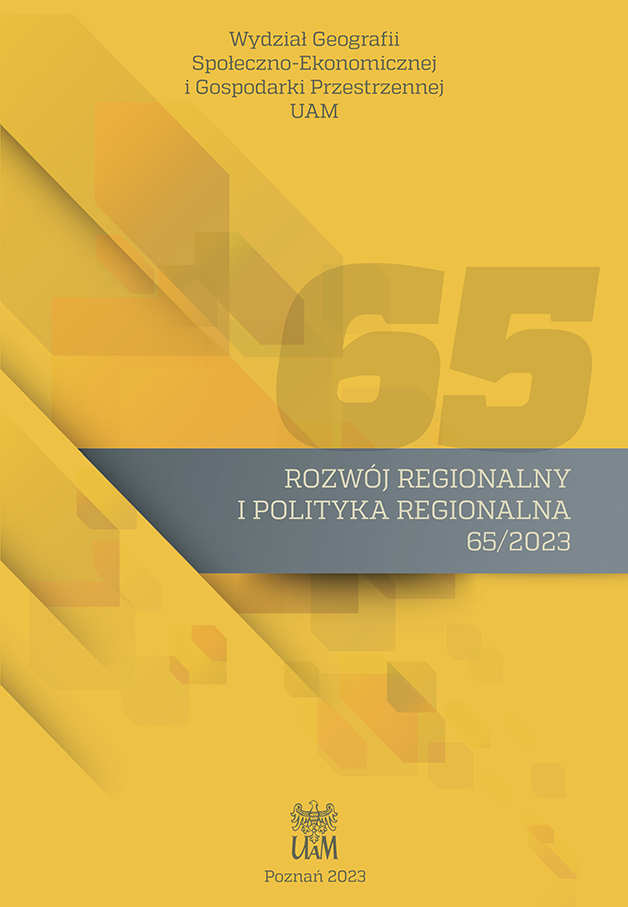Does spatial autocorrelation matter
for sustainable regional development
planning and evaluation?
Does spatial autocorrelation matter
for sustainable regional development
planning and evaluation?
Author(s): Daniel A. GriffithSubject(s): Architecture, Energy and Environmental Studies, Environmental and Energy policy, Social development, Rural and urban sociology
Published by: Uniwersytet Adama Mickiewicza
Keywords: PM10; Poland; spatial autocorrelation; sustainable regional development; tessellation stratified random sampling;
Summary/Abstract: Pursuing the various existing stainability dimensions obliges leaders of societyto engage in more comprehensive monitoring of collective economic and other suppliesand demands, particularly in a geographic context. In turn, the affected inputs, outputs,resources/goods/services stocks, and generated garbage/trash waste, which all exist andare tagged implicitly or explicitly in geographic space, are definite harborers of spatialautocorrelation. Harnessing this nearly ubiquitous georeferenced data property implantsa capability of fostering efficient and effective sustainability ventures. Tessellation strati-fied random sampling to monitor environmental pollution alludes to one example of thisassertion. This paper illustrates this exemplification with an examination of 2023 air qual-ity data for Poland. In doing so, it translates a framework build upon idealized tessellationsinto one for the administrative districts of Poland. This methodological conversion enablesgovernmental organizations to participate in and oversee any intended monitoring with-out additional jurisdictional complications. Serendipitous academic discoveries include aninitial extension of the set of standard polygon shapes (e.g., square and hexagon) to thetrapezoid for spatial sampling purposes, and the possibility that spatial autocorrelationimpacts upon design-based statistics may far outweigh a violation of the conventionalrandom sampling equiprobable commandment. Finally, the discerning conclusion reachedthrough the analyses summarized in this exposé argues that spatial autocorrelation doesmatter for sustainable regional development planning and evaluation.
Journal: Rozwój Regionalny i Polityka Regionalna
- Issue Year: 2023
- Issue No: 65
- Page Range: 13-35
- Page Count: 23
- Language: English

